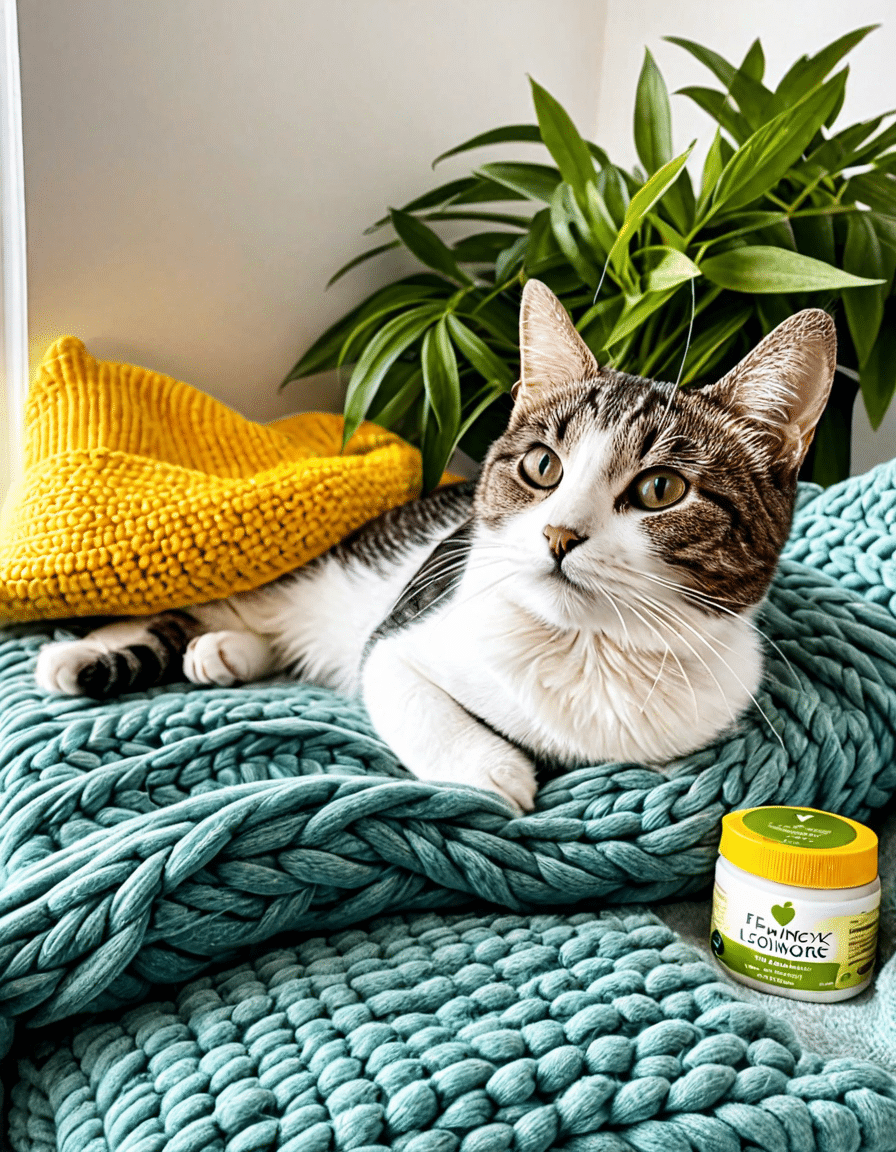Understanding the potential dangers of heartworm, fleas, and ticks is crucial for pet care. These parasites pose a serious health risk to our furry friends and can even affect the entire household. A heartworm flea and tick infestation can cause severe health issues and can disrupt the happiness of your pet family. In this guide, we will dive into everyday prevention methods to protect your pets and keep them safe from these harmful invaders.
Top 7 Essential Tips for Heartworm, Flea, and Tick Prevention

1. Consistent Veterinary Check-Ups
Regular visits to the veterinarian are vital for detecting and preventing heartworm, flea, and tick infestations. During these visits, your vet can conduct comprehensive examinations, which include testing for heartworm and recommending preventive treatments. For instance, the American Heartworm Society recommends annual testing, even for pets already on preventative medication, as no method is foolproof. With consistent check-ups, you can catch any potential threats early.
2. Use Veterinarian-Approved Preventatives
Choosing the right preventive measures is critical for your pet’s health. Brands like Heartgard for heartworm and Frontline Plus for fleas and ticks are highly regarded by veterinarians. Heartgard contains ivermectin, which effectively prevents heartworm, while Frontline Plus uses fipronil and (S)-methoprene to keep fleas and ticks at bay. Always consult your vet to find the best combination tailored to your pet’s specific needs. Their expertise will help you navigate the options available in treating heartworm, flea, and tick.
3. Maintain a Clean Environment
Fleas and ticks thrive in dirty or cluttered settings. Therefore, maintaining cleanliness at home is essential to prevent heartworm, flea, and tick infestations. Regularly vacuum carpets and upholstery, and wash your pet’s bedding in hot water to eliminate any lurking eggs or larvae. Remember, flea larvae can survive in your environment, so deep cleaning can disrupt their life cycle. Pay special attention to areas where your pets frequent, ensuring you maintain a thorough cleaning routine.
4. Regular Grooming Practices
Routine grooming plays a significant role in flea and tick control. Regular brushing with a flea comb can help spot any infestations early before they escalate. Professional grooming is another option worth considering, as many grooming services use flea and tick preventive products during bathing. For example, PetSmart offers specialized grooming services that include treatments meant to fend off fleas and ticks immediately after your pet is cleaned up. Regular grooming also ensures your pet looks good while helping protect them from pests.
5. Year-Round Prevention
Many pet owners fall into the trap of thinking that heartworm, flea, and tick prevention is only necessary during the warmer months. The reality is that heartworm can be transmitted all year round, especially in warmer, humid climates. Using preventative measures throughout the year is crucial for keeping your pets safe. Brands like Revolution provide options that protect against multiple parasites, making the process simpler. Year-round protection helps you stay ahead of heartworm, flea, and tick threats.
6. Monitor for Signs of Infestation
Being vigilant is key to preventing problems before they spiral out of control. Keep an eye out for symptoms like excessive scratching, biting, licking, or lethargy – these can indicate a flea or tick issue. On the other hand, heartworm may show signs such as a persistent cough or extreme fatigue, which should prompt immediate veterinary attention. Acting quickly can help prevent complications and keep your pet’s health in check.
7. Educate Yourself and Your Family
Knowledge is power. Teaching your family about heartworm, flea, and tick awareness is essential in fostering a proactive approach to prevention. Utilize engaging materials from organizations like the American Veterinary Medical Association to provide guidance. By ensuring everyone understands their role in pet care, you create an informed household that can effectively tackle the looming threat of heartworm, flea, and tick infestations.

Innovative Prevention Strategies
Creative prevention strategies are emerging to help better protect pets from heartworm, flea, and tick threats. For instance, some pet owners explore natural repellents using essential oils like cedarwood or lemongrass. However, it’s essential to consult with your veterinarian before applying any natural treatments. These professional insights will safeguard your pets from potentially harmful applications.
Additionally, technology has paved the way for smart collars that monitor your pet’s health and can even detect parasites in real time. Products like the Fi Smart Dog Collar not only track your pet’s location but also monitor their physical activity, keeping them safe from health complications associated with heartworm, flea, and tick issues. Staying up-to-date with innovations can help you keep your furry friends protected.
By implementing these vital prevention strategies, you can significantly reduce the chances of heartworm, flea, and tick infestations. Remember, a proactive approach is vital for keeping your pets healthy and happy, and it creates a secure environment for everyone in the household. Prioritize prevention today to ensure your pets remain safe from these life-threatening parasites.
heartworm flea and tick Prevention Must-Know Tips
Understanding the Importance of Heartworm, Fleas, and Ticks
Heartworm, fleas, and ticks are more than just annoyances—they pose serious health risks to our pets. Did you know that heartworms can grow up to a foot long inside a dog? These pesky parasites are transmitted via mosquito bites and can wreak havoc on a dog’s heart and lungs if left untreated. That’s why staying on top of heartworm flea and tick prevention is essential for your furry companions. Speaking of pets, if you’ve ever seen a flat face kitty, you know they’re adorable but can have some special health considerations due to their unique anatomy!
Prevention is the name of the game. Regular veterinary check-ups and preventive medications can make all the difference. Interestingly, heartworm issues are more prevalent in certain regions—particularly where the weather is warmer. This is something to keep in mind, especially if you’re the proud owner of Daniff Puppies, who require extra attention to stay healthy. It’s a tough world out there for our pets, so keeping them protected is crucial.
Fun Facts That’ll Make You Love Your Pets Even More
Did you know that fleas can jump up to 200 times their body length? That’s like a human jumping the length of a football field! When it comes to heartworm flea and tick prevention, it’s essential to tackle these pests as soon as you spot them, as they reproduce rapidly and can lead to a full-blown infestation. And while you might think your indoor pet is safe, they can still be exposed to these critters—especially if there’s a window or door open, or if they come into contact with a Maya Bijou who’s been out and about.
Ticks, another concern, can carry Lyme disease, which impacts both humans and pets. You might have heard that an alaskan malamute mix With husky can be especially adventurous, so it’s vital to check them for ticks after a romp in the woods. The more you know about heartworm, fleas, and ticks, the better equipped you’ll be to protect your pet. Lastly, if you’re curious about what all this means for your pet’s health, there’s always the option to explore Gaging meaning when it comes to symptoms—knowledge is your best tool.
Making Prevention Work for You
Finding the right prevention plan can sometimes feel overwhelming, but it’s worth the effort. Just keep in mind that some preventatives are available for dogs of different sizes and breeds, like the perfect Bart that fits just right for a small dog. Check with your vet about the best options for your pet, including the effectiveness of various heartworm flea and tick prevention methods available.
And remember, keeping your home clean and vacuumed can help reduce the risk of infestations. Using preventive treatments and maintaining a sanitary environment is a sweet way to go. Plus, with a little consistency, you can prevent your pet from becoming the next host for these notorious pests. If you need tips or motivation on creating a routine that works, check in with the fascinating world of pest control—it’s been known to be quite Sweeptastic!
In summary, heartworm flea and tick prevention is not just a seasonal chore; it’s a lifelong commitment to your pet’s health and happiness. Stay informed, stay vigilant, and your four-legged friend will thank you!



